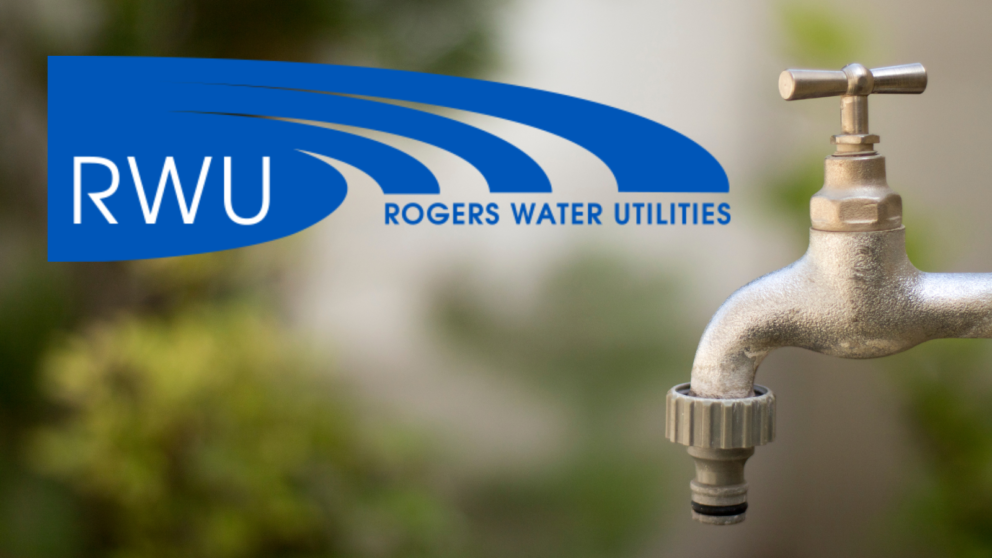
Overview
Timmons Group developed a strategic RoadMap based around maintenance work management, asset management, and community development activities. During the development of this strategic plan, the need for a robust GIS was discovered; the decision was made to create the GIS in the Utility Network.
The Utility Network implementation project commenced with discovery sessions with stakeholders to learn about the existing CAD data, GIS needs, and business requirements. Following these meetings, Timmons Group implemented ArcGIS Enterprise to serve as the basis for the future GIS program. The UN data models were customized for water and sewer, with iterative meetings with RWU users to ensure all business requirements were met.
Following the approval of the data model, migration tools were created to move the existing CAD-migrated data to the new utility network asset package. During this process, many data quality errors were found which led to a sub-project to correct the data prior to continued migration. Once the data was corrected, it was migrated to the new staging Enterprise GIS environment for deployment and testing. Workflow tools and documentation were written to streamline the workflow (via attribute rules), ensure high data quality (via data reviewer attribute rules), and provide guidance to RWU editors.
Following successful testing by Timmons Group, training was provided to RWU users to orient them to GIS, ArcGIS Pro, and the Utility Network. Once they were familiar with this software and processes, the RWU users followed the test scripts to ensure the migration was successful. Finally, the data was re-migrated and implemented into the production database.